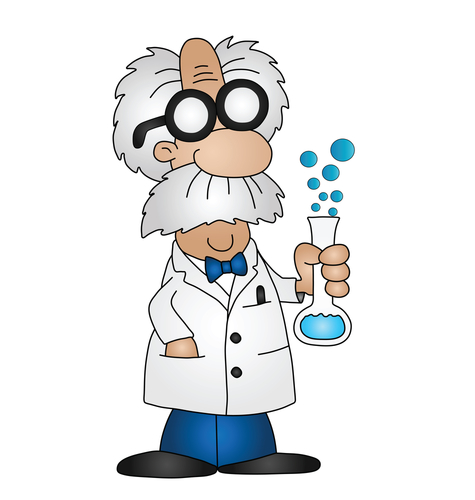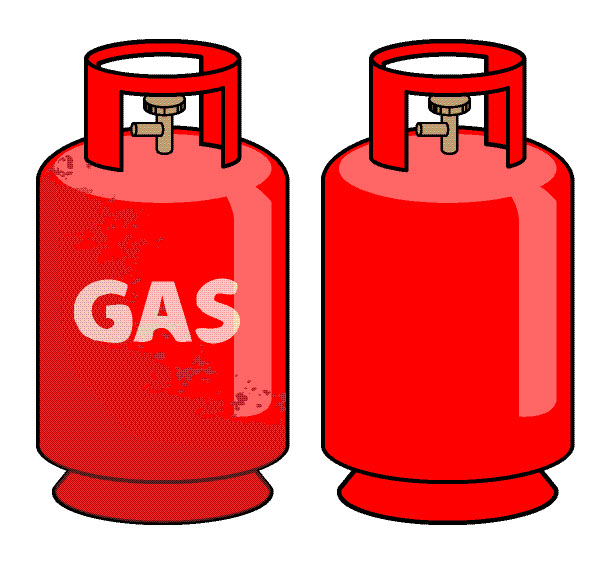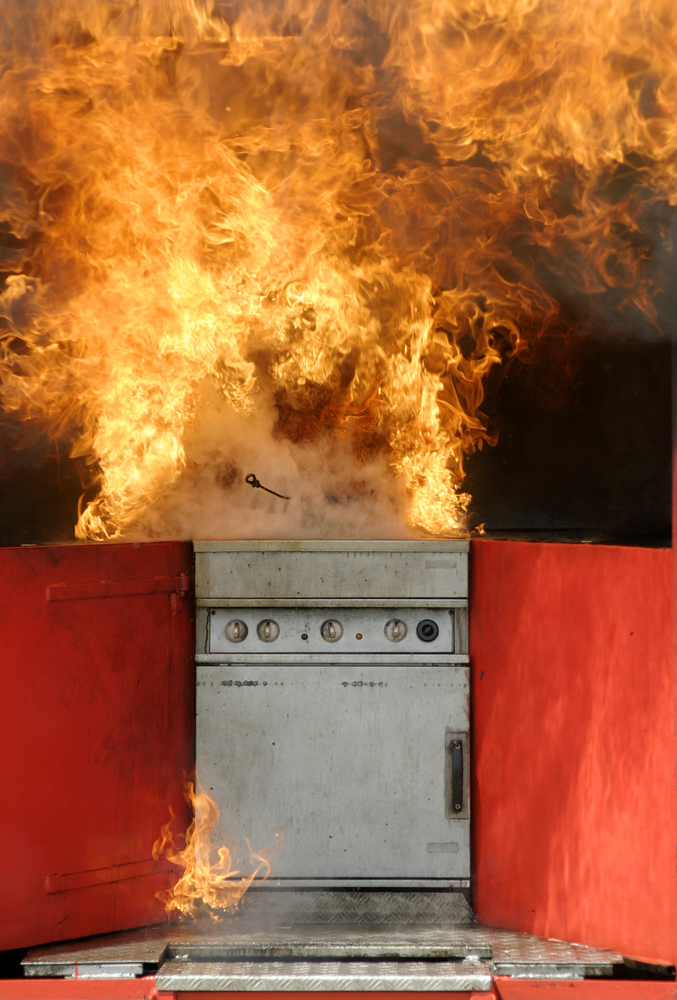Imagine that you've discovered a new material.
You need to share your discovery with other scientists all around the world!
What tests can you carry out to classify your new material as a solid, liquid or gas?
Just what makes a gas, a gas?

Solids have a definite shape and volume, liquids have a definite volume but take on the shape of their container, but what about gases?

The particles a gas is made of are so spread out that they fill whatever space is given to them, meaning that you can detect the smell of baking biscuits all over the house, for example!

That also means that gases can be compressed (squashed) a little bit, as their particles are so spread out.
Weirdly, gases can flow, just like liquids!
In a burning house, we are encouraged to try to escape by staying low down to the floor.
The heated smoky air flows upwards, so air nearer the floor is more breathable.

So, let's go back to that first question: "What makes a gas, a gas?"
Let's explore what this means.









